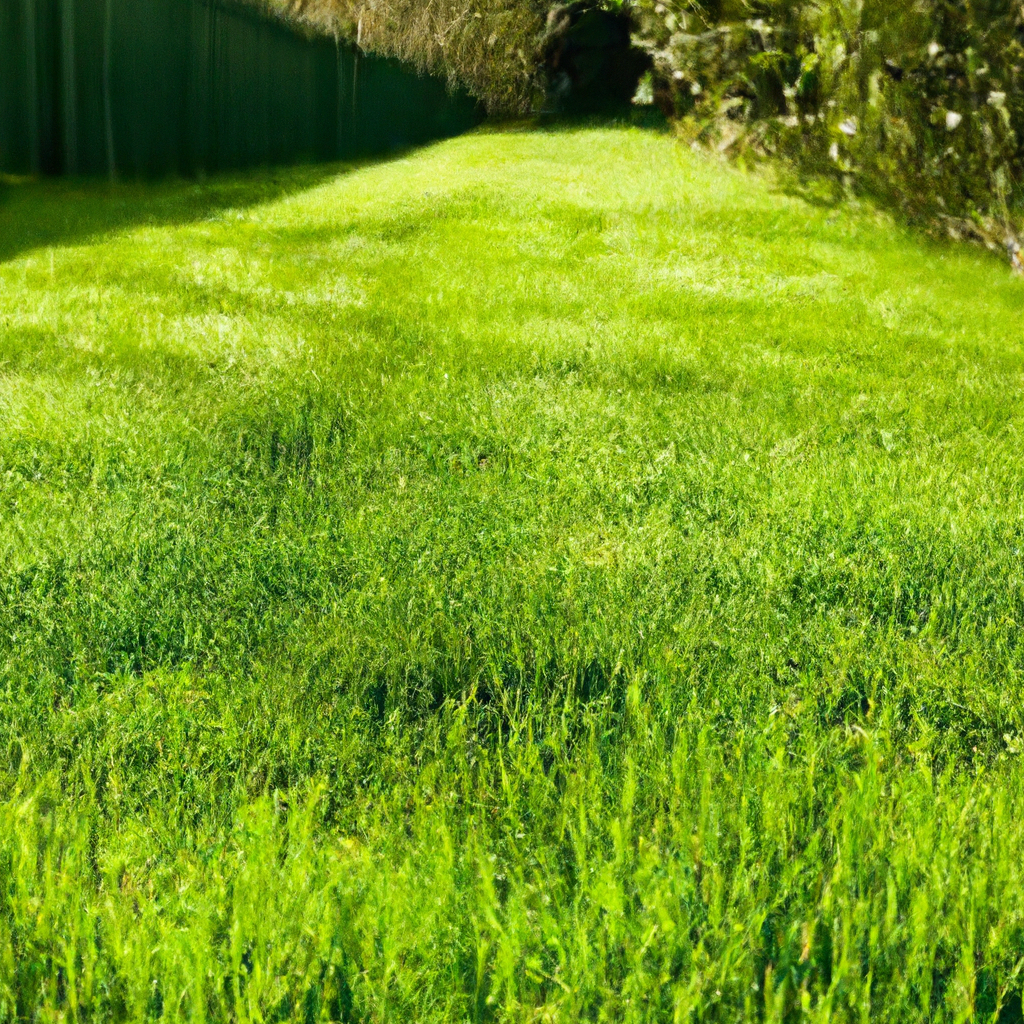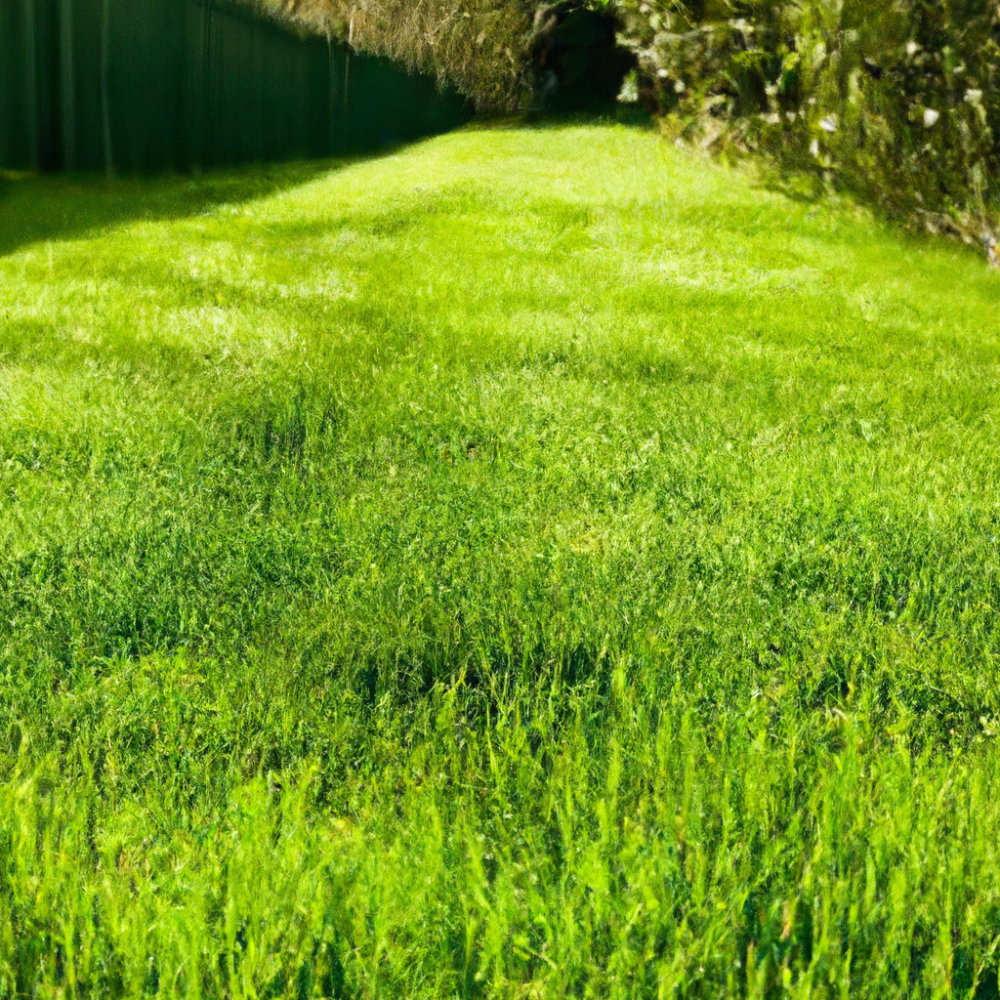Maintaining a well-groomed lawn is no easy task, but it doesn’t have to be daunting either. In this article, we will explore the key factors to consider when it comes to mowing your lawn: frequency and height. By understanding how often to mow and at what height, you’ll be equipped to keep your garden green and vibrant all year round, giving your neighbors a reason to envy your luscious lawn. So let’s roll up our sleeves and discover the secrets to a perfectly manicured turf.

How often should I mow my lawn?
As a diligent homeowner, you want to keep your lawn looking neatly trimmed and well-maintained. One of the essential tasks in lawn care is mowing. However, you might be wondering how frequently you should mow your lawn to strike the perfect balance between a tidy appearance and the health of your grass. The frequency of mowing your lawn depends on several factors which we will explore in this article. By understanding these factors, you can determine the ideal mowing frequency for your specific situation.
Factors to consider before determining frequency
Before we delve into the recommended mowing frequencies, it’s essential to consider a few factors that can influence the frequency at which you should mow your lawn. These factors include the grass type, weather conditions, growth rate, and desired appearance.
Grass Type: Different grass types have varying growth rates and maintenance requirements. Some grasses, such as Kentucky bluegrass and Bermuda grass, grow quickly and may require more frequent mowing. Other grass types like Zoysia grass and St. Augustine grass grow at a slower rate and can tolerate longer periods between mowing.
Weather conditions: The climate and weather patterns in your area greatly impact the growth rate of your lawn. In regions with mild climates and consistent rainfall, grass tends to grow faster, necessitating more frequent mowing. Conversely, areas with hot, dry summers may experience slower grass growth and may not require as much mowing.
Growth rate: The growth rate of your grass is influenced by various factors, including sunlight exposure, soil quality, and fertilization. By monitoring how quickly your grass grows, you can determine how often you need to mow it to maintain an optimal height.
Desired appearance: Your own aesthetic preferences play a role in determining mowing frequency. If you prefer a manicured, pristine look for your lawn, you may choose to mow it more frequently. However, if you lean more towards a natural, slightly wild appearance, you might opt for less frequent mowing.
Considering these factors will help you determine the ideal mowing frequency that suits your lawn’s specific needs.
Frequency during different seasons
The frequency of mowing your lawn can also vary depending on the different seasons throughout the year. Let’s explore how often you should mow your lawn during each season and the reasons behind it.
Spring: In the spring, your lawn experiences a surge in growth after the dormant winter period. This is an important time to establish a good mowing routine. Generally, it is recommended to mow your lawn every five to seven days in the spring. Frequent mowing during this season helps remove any dead grass and promotes healthier growth.
Summer: As summer arrives, lawns often experience rapid growth due to increased sunlight and warmth. However, during summer, it is advisable to raise the mowing frequency to ensure the grass remains at an appropriate height. Mowing every seven to ten days is a good range to prevent the grass from becoming stressed by excessive heat and minimize water loss.
Fall: In the fall, grass growth starts to slow down as temperatures begin to drop. It is important to continue mowing your lawn until the grass stops growing, typically around the first frost. During this period, you can gradually reduce the mowing frequency to about every ten to fourteen days. Maintaining a consistent mowing schedule in the fall helps prevent leaf buildup and allows the grass to stay healthy before the dormant winter phase.
Winter: During the winter months, grass growth becomes dormant, and mowing is generally not necessary. However, if you live in a region with milder winters and your grass continues to grow, you may need to do occasional light mowing to maintain an acceptable height and prevent thatch buildup.
By adjusting the mowing frequency throughout the seasons, you can ensure your lawn stays healthy and visually appealing all year round.
Expert recommendations for frequency
While considering the factors mentioned earlier and the seasonal variations, it is also valuable to take into account the expert recommendations for mowing frequency. Here are some general guidelines from lawn care professionals:
- Mow frequently but never remove more than one-third of the grass blade height at a time. Cutting off too much grass can weaken the plants and lead to stress or disease.
- During peak growing seasons, such as spring and early summer, mow your lawn more often, aiming for a mowing frequency of once every five to seven days.
- In slower growing seasons, like late summer or fall, it is usually sufficient to mow every ten to fourteen days.
- Adjust your mowing schedule based on the growth rate of your grass, weather conditions, and personal preferences.
Remember, these recommendations serve as a starting point, and it’s important to tailor them to your specific lawn and its needs. Regular observation and adjustments will ensure you find the optimal mowing frequency for a healthy and beautiful lawn.
At what height should I mow my lawn?
Now that we have discussed the frequency of mowing, let’s explore another crucial aspect of lawn care: the proper mowing height. Maintaining the appropriate mowing height is vital for the overall health and appearance of your grass. Let’s delve into the reasons behind this, how to determine the ideal mowing height for different grass types, and the factors that can affect the mowing height.
Importance of proper mowing height
Mowing your lawn at the correct height is essential because it influences the overall health and vigor of your grass. Here are a few key reasons why mowing at the proper height is crucial:
Grass root development: Cutting your grass too short can lead to shallow root growth. Longer grass blades support deeper root systems, which in turn enhance the lawn’s ability to absorb nutrients, water, and withstand drought conditions.
Weed prevention: Maintaining a proper mowing height helps in preventing weed growth. Taller grass shades the soil, reducing sunlight exposure and inhibiting the germination and growth of weed seeds.
Disease and pest resistance: Longer grass provides a natural defense against various diseases and pests. Short grass is more susceptible to stress and can be more easily damaged by insects and diseases.
Appearance: Mowing at the correct height promotes a lush and green appearance. It helps the grass blades absorb sunlight efficiently, leading to healthier photosynthesis and an overall vibrant appearance.
Determining the ideal mowing height for your grass type
Different grass types have specific mowing height requirements to thrive and maintain their integrity. Let’s take a look at some common grass types and their recommended mowing heights:
- Kentucky bluegrass: Ideal mowing height ranges from 2.5 to 3.5 inches (6-9 cm).
- Bermuda grass: Recommended mowing height is between 1.5 to 2.5 inches (4-6 cm).
- Zoysia grass: Optimal mowing height is around 1 to 2 inches (2.5-5 cm).
- St. Augustine grass: Best mowing height lies between 2.5 and 4 inches (6-10 cm).
It is important to note that these are general guidelines, and you should consult specific grass maintenance recommendations for your grass type. Adjusting the mowing height within the given range can help achieve the best results.
Factors affecting mowing height
While the recommended mowing heights provide a starting point, several factors can influence the ideal mowing height for your lawn. These factors include the grass type, growth rate, activity level, and seasonal changes.
Grass type: Different grass types have different mowing height requirements, as mentioned earlier. Understanding your grass type is crucial in determining the appropriate mowing height.
Growth rate: Grass growth rate can vary depending on factors like sunlight exposure, fertilization, and soil conditions. If your grass is growing rapidly, you may need to mow it slightly more frequently or adjust the mowing height accordingly.
Activity level: How frequently your lawn is used affects the mowing height. If your lawn receives heavy foot traffic or is used for recreational activities, such as sports, it is advisable to maintain a slightly higher mowing height to help the grass recover from the stress.
Seasonal changes: Just like mowing frequency, the mowing height can change with the seasons. During warmer months, it may be beneficial to raise the mowing height slightly to provide additional shade and preserve moisture in the soil.
By considering these factors and observing the condition of your lawn, you can determine the ideal mowing height that promotes healthy growth, while also considering other practical considerations.
In conclusion, the frequency and height at which you should mow your lawn depend on various factors such as grass type, weather conditions, growth rate, desired appearance, and expert recommendations. By understanding these factors and monitoring the needs of your lawn, you can establish a mowing routine that best suits the health and aesthetics of your grass. Remember to adjust your mowing frequency and height as needed and enjoy the rewards of a well-maintained and beautiful lawn throughout the year. Happy mowing!



